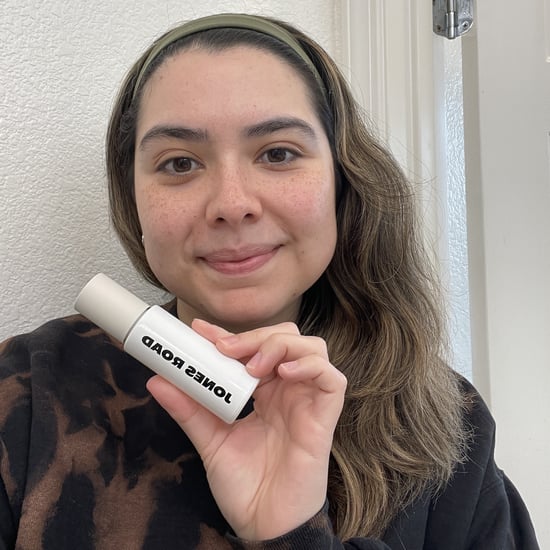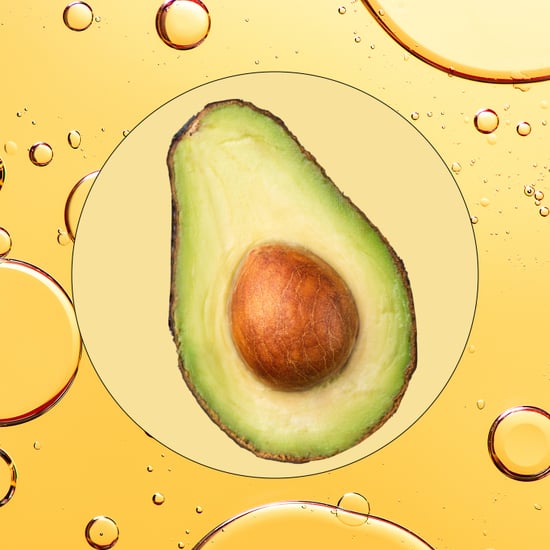What Is Glycolic Acid and How Does It Work in Skin Care?
What Is Glycolic Acid? Here's the Scoop on This Classic Glow-Inducing Ingredient

Whether you're a 10-step-skin-care-routine kind of person or someone who uses two products and calls it a day, we bet you've heard of glycolic acid. It's one of the most popular and well-known acids in skin care, thanks to its ability to gently exfoliate the skin and leave your complexion looking brighter and glowier over time. But do you know exactly what it does and whether or not it's suitable for your skin type? We called in the experts to break down everything you need to know about glycolic acid.
What Is Glycolic Acid?
Glycolic acid is part of a group of alpha hydroxy acids (commonly referred to as AHAs), which are "natural water-soluble acids made from plant or animal products such as sugar, milk, and fruit," said dermatologist Dr Ife J Rodney, founding director of Eternal Dermatology + Aesthetics in Columbia, MD. "AHAs work by helping to break the bonds between surface skin cells in order to increase peeling and cell turnover. They also stimulate collagen production in deeper skin layers, which results in more youthful, radiant-looking skin with a more even skin tone and texture." Because of this, AHAs work best for people who are looking to target early signs of ageing, treat uneven skin tone, and clear out clogged pores.
Glycolic acid is one of the most common AHAs. It's naturally derived from sugar cane and has the smallest molecular size of the AHAs, making it one of the strongest acids that can penetrate deep into the skin. "Glycolic acid gives the best result on smoothing fine wrinkles, treating pigmentation, and general exfoliation," said Dr Kristina Semkova, consultant dermatologist at the Cadogan Clinic. Glycolic acid can also help to reduce acne, improve uneven texture, and give an overall brightness.
Who Can Use Glycolic Acid?
Whilst glycolic acid is an excellent ingredient when used correctly, due to its molecular size it can cause "irritation for sensitive skin, so use it cautiously", said Dr Semkova. Not building up your skin's tolerance can result in a compromised skin barrier. Additionally, it is not an ingredient that's suitable for everyone. If you have very sensitive skin, it's always a good idea to speak to a professional before adding a strong glycolic acid into your routine. Or, you may want to opt for a different acid that has similar results but without penetrating the skin so deeply. "For sensitive skin, mandelic acid is my top choice because the mandelic acid molecule is larger than other AHAs so it penetrates the skin slowly, and causes less irritation," said Dr Rodney.
How to Incorporate Glycolic Acid Into Your Routine?
Glycolic acid comes in many forms depending on how you want to incorporate it into your routine and how sensitive your skin is. For example, you might want to begin with a cleanser containing a small percentage of glycolic acid and work your way up to a serum. Glycolic acid is typically found in the form of cleansers, toners, serums, face masks, and exfoliating pads. It's always super important to wear sunscreen every morning (come rain or shine), but it's especially important when you use an AHA because acids may increase your skin's sensitivity to the skin.







